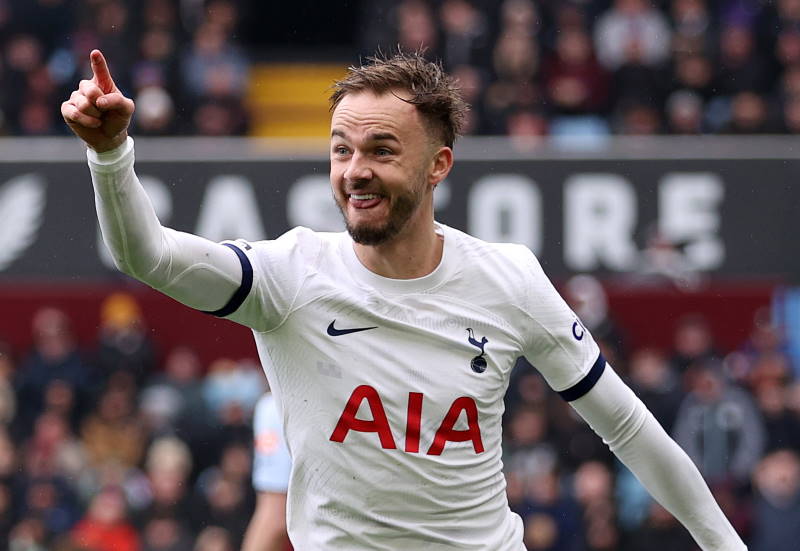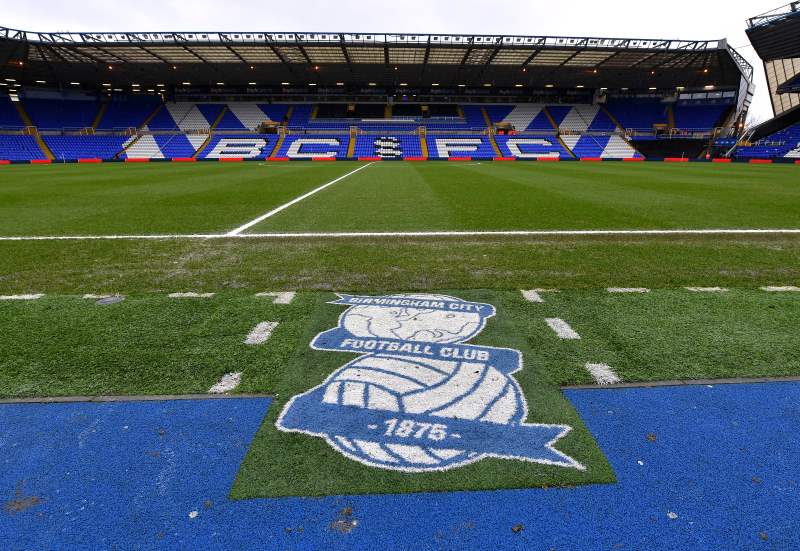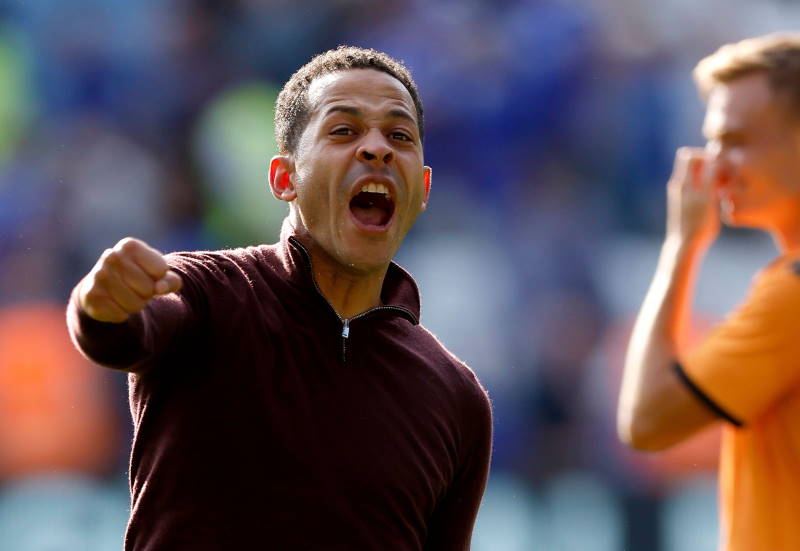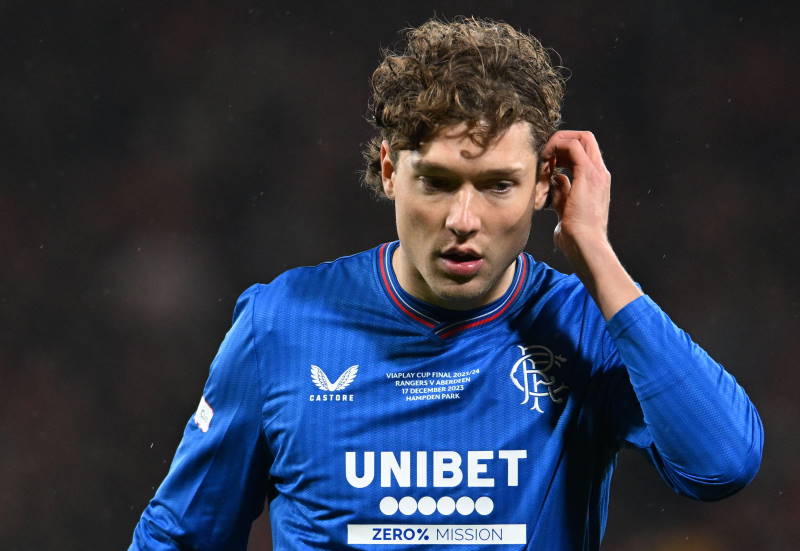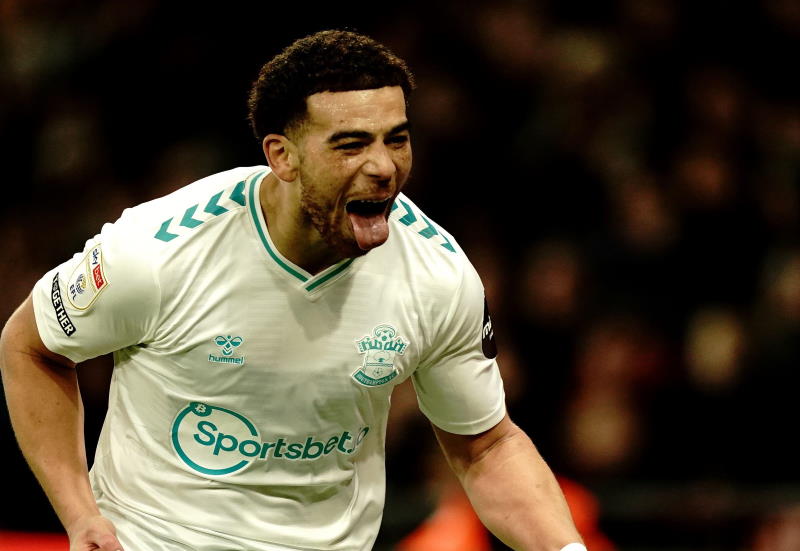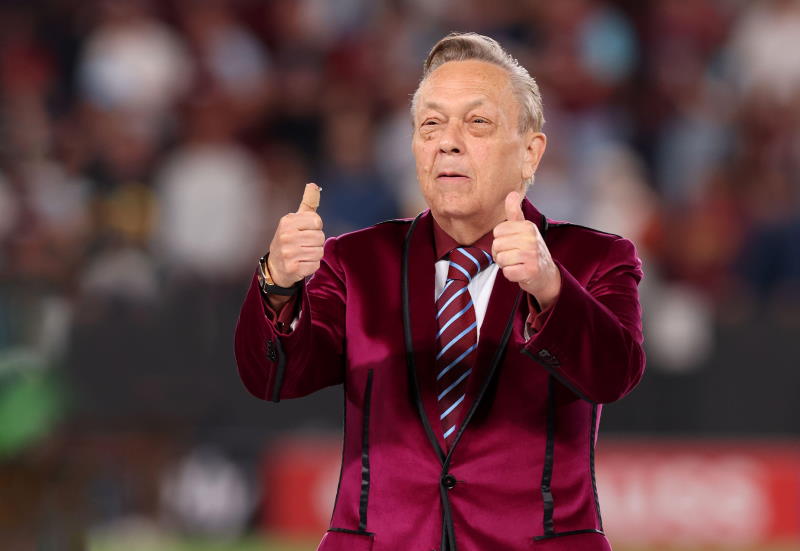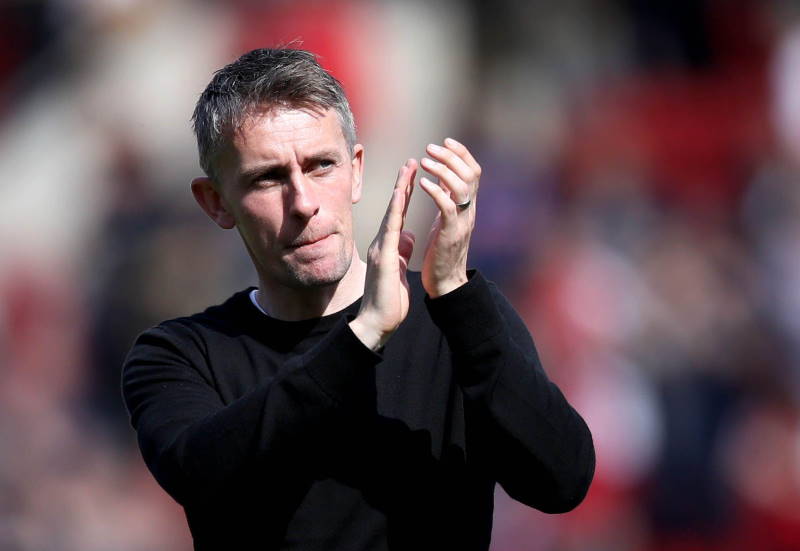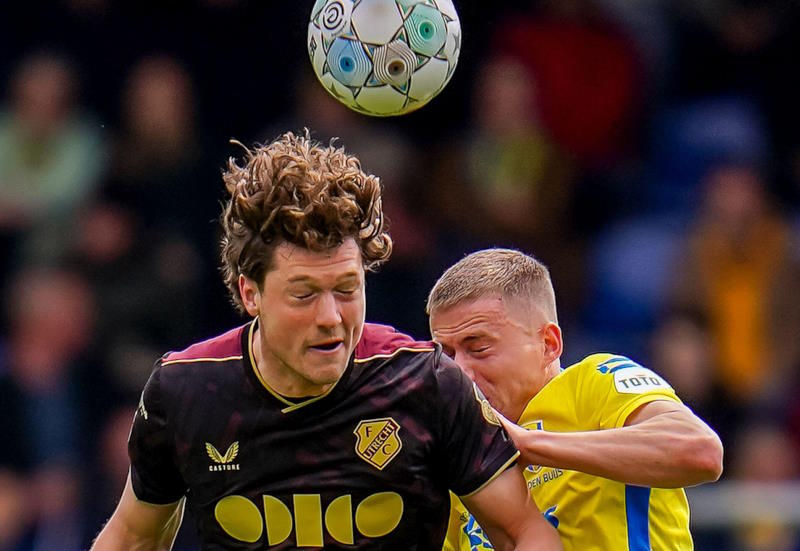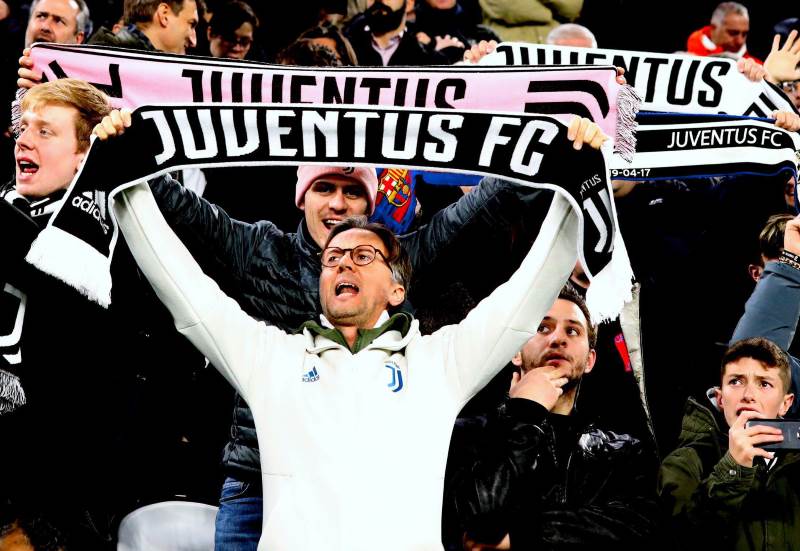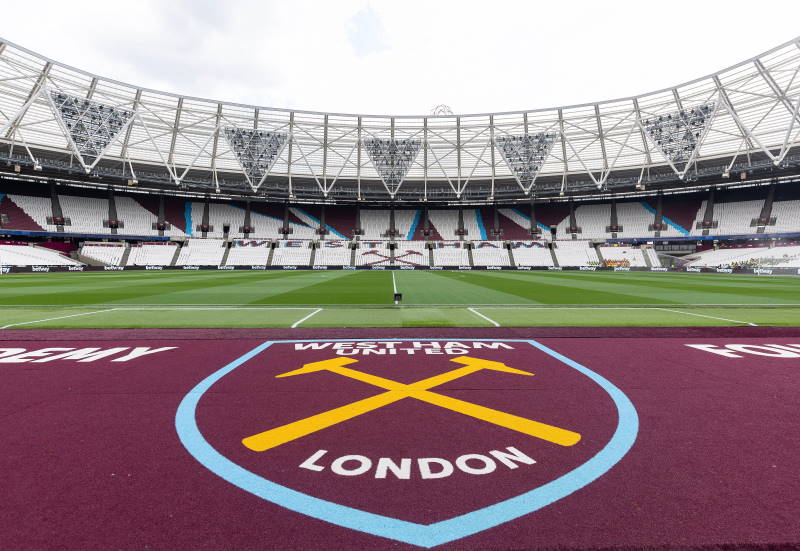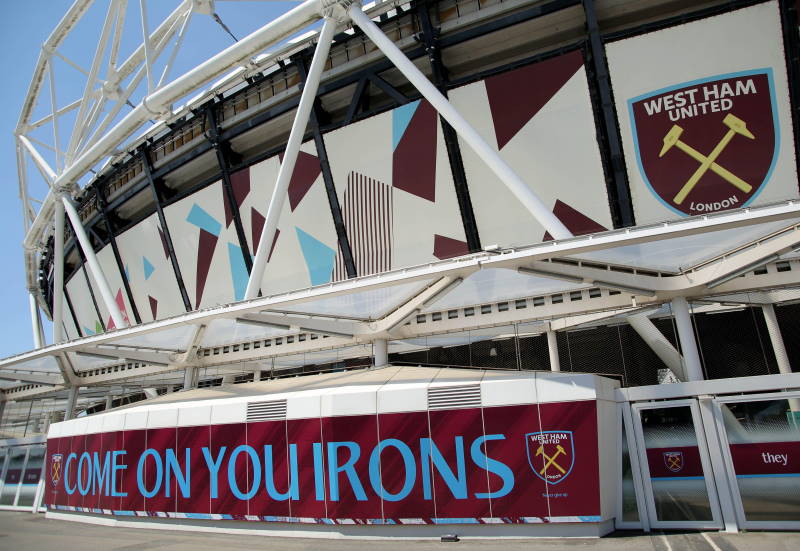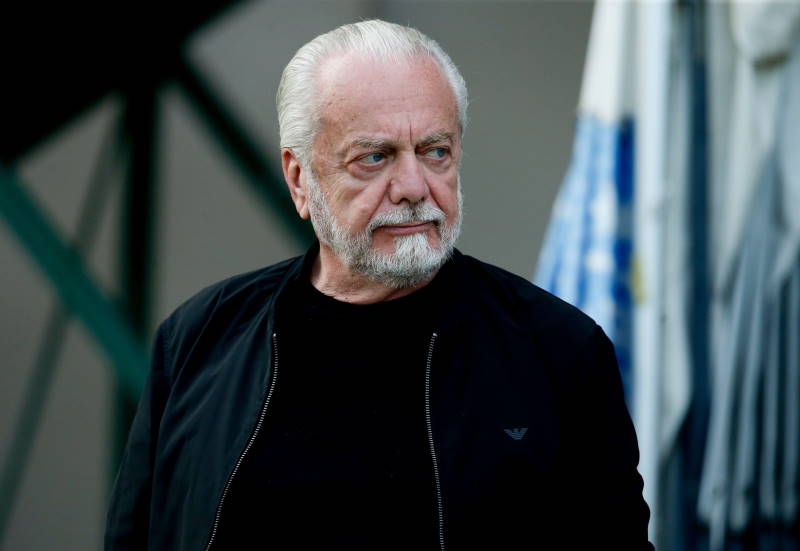
Luke Matthews
Gun shots, screams and smoke filled the arena of war. The Croats and Serbs had been at loggerheads for years, but the Maksimir Stadium had finally provided a stage to showcase to the world social and political tension between two of the constituent states of Yugoslavia.
On 13th May, 1990, Dinamo Zagreb were due to play their fierce Serbian rivals, Red Star Belgrade at home. Red Star were the dominant force of Yugoslavian football after winning 17 championships in less than 40 years. Dinamo Zagreb on the other hand were less successful compared to Red Star but were still the dominant force of Croatian football. Tension had always been high between the two teams regardless of politics, as is expected when two teams meet who consistently challenge each other for the title. However, in the run up to the much anticipated match, communist political groups in Croatia were being ousted out for more nationalist orientated groups. This was great news for Croatia as they were seeking independence from Yugoslavia and Serbia.
Yet the majority of Serbs disagreed with the Croats and felt that it was imperative that the nation stayed together as one communist state. To add to the debacle, both teams had established hooligan groups which were not only passionate about their football teams, but also their country.
The Bad Blue Boys of Zagreb, the main Dinamo supporters group, were present at the game with an estimated that 10,000 being in attendance. The Bad Blue Boys were established in 1986 and the growth of the group was astronomical due to several branches appearing throughout Zagreb in a short period of time.
The group were created by some of Dinamo’s most passionate fans who used other supporter groups from around Europe as a blue-print for what they wanted their organisation to stand for. It is believed that the name, Bad Blue Boys, came from the 1983 film called Bad Boys starring Sean Penn. However, this remains to be confirmed officially by the Bad Blue Boys themselves.
The away team in the Maksimir Stadium that day brought 3,000 supporters to the Croatian capital. Due to the volatile nature of the fixture it is believed that most if not all of these supporters were part of the Delije (Heroes), themselves the supporters group of Red Star Belgrade. The Delije were only formed in 1989, yet their numbers had swelled dramatically too. This is attributed to the fact that the Red Star brand has clubs in over twenty sports. However, the Delije mainly follow the city’s football and basketball teams. These two sets of fans usually join forces when either team is up against a big rival; this is what is thought to have happened at the Maksimir Stadium that day.
Fighting between the Delije and the Bad Blue Boys had broken out hours before the game was due to start; but it was in the Maksimir Stadium that the real trouble started to begin.
Both sets of supporters were separated by fences and hundreds of armed police. It was the Delije who were the first to tear down the fences to get nearer to their opposition. The Bad Blue Boys attempted to follow suit but were attacked by the Serbian-dominated police who were thought to be more lenient towards the visiting supporters. The police used baton-striking and tear gas to control the swarms of supporters, but this only infuriated the Bad Blue Boys even more as they overpowered the police to make their way on to the pitch. Chaos descended as Red Star players swiftly exited the playing area as the Bad Blue Boys made their way across to the Delije. Surprisingly, most of the Dinamo Zagreb players stayed on the pitch and attempted to diffuse the situation, but to no avail.
What followed is one of the most iconic moments in the history of Croatia as a nation.
Police carried on attacking Dinamo supporters in an attempt to stop them getting to the Red Star supporters. One fan in particular was on the receiving end of of a brutal beating from a police officer. The Dinamo captain, Zvonimir Boban, witnessed this attack and kung fu-kicked the police officer to the ground; an event that saw the future AC Milan star proclaimed a national hero. The playmaker was handed a six-month ban and had criminal charges filed against him, but Boban’s legendary status was confirmed instantly on the pitch as members of the Bad Blue Boys acted as bodyguards to stop police getting to their young captain.
It was not long though until the Maksimir pitch mirrored a battlefield. Hundreds were stabbed, poisoned with tear gas and even shot at. Fans destroyed the stadium by ripping up seats, fences and advertising hoardings. Water cannons were used by the police to disperse violence and also to put out fires in the ground. The violence in the stadium lasted for nearly two hours and carried on in and around Zagreb city centre throughout the night.
The events at the stadium that day serve as a prime example of how politics and sport do not mix. The riots also marked the end of the Yugoslavian league as well as Yugoslavia as a nation. Tensions had been high between the independent states of Croatia and Serbia for years. However, many see the riots at the Maksimir Stadium as the symbolic start of the Croatian War of Independence. Coincidentally, a large percentage of supporters that day were to go to battle with each other again; but next time the battlefields would be real.

